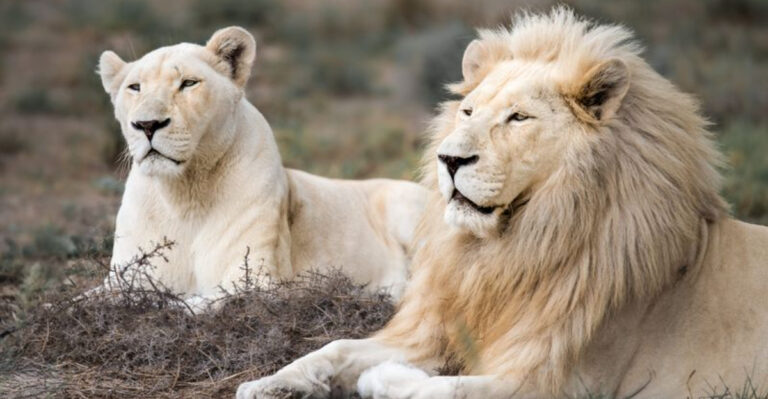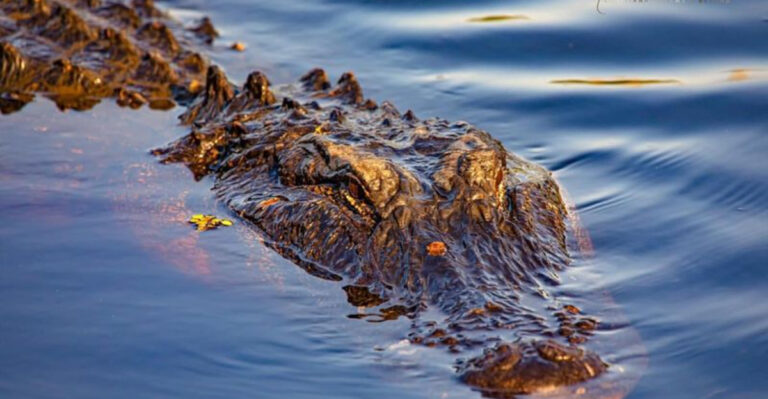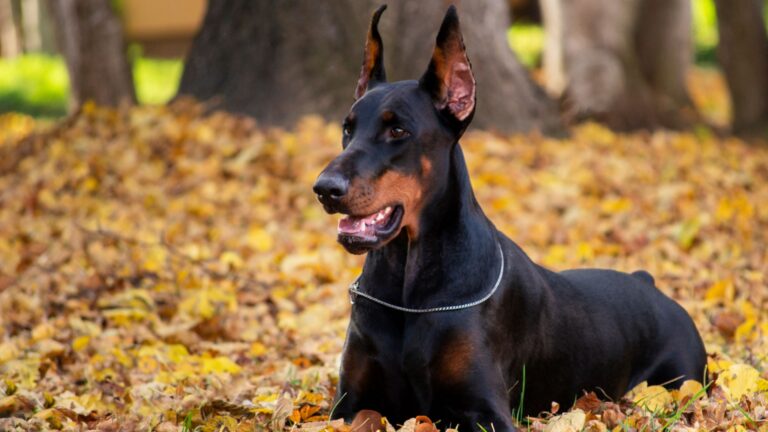15 Fascinating Facts About Crabs – From Ancient Origins To Weird Anatomy

The ocean’s sideways sprinters have been scuttling across our planet for over 100 million years, outlasting dinosaurs and countless other species. These armored crustaceans inhabit nearly every marine environment from the deepest trenches to shorelines worldwide.
Get ready to discover some mind-blowing secrets about these remarkable creatures that will forever change how you see these pinchy beach-dwellers!
1. Ancient Survivors
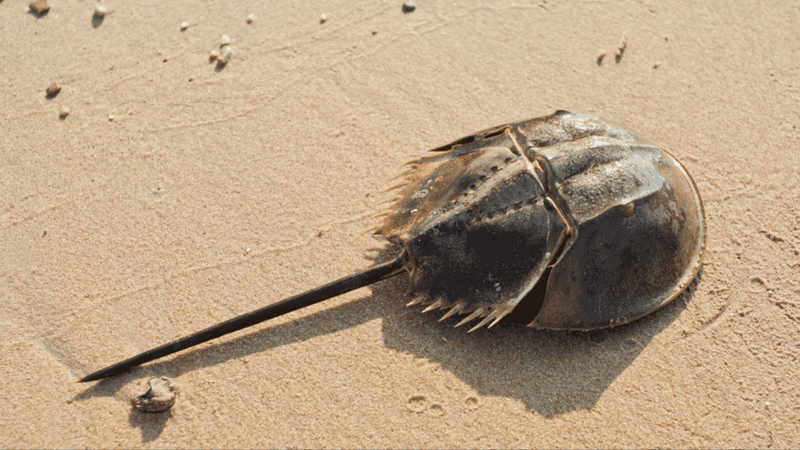
While dinosaurs vanished 65 million years ago, crab fossils date back over 100 million years! These resilient creatures have survived multiple mass extinctions.
Their adaptable nature allowed them to thrive through Earth’s most devastating environmental changes. Talk about staying power!
2. Sideways Sprinters
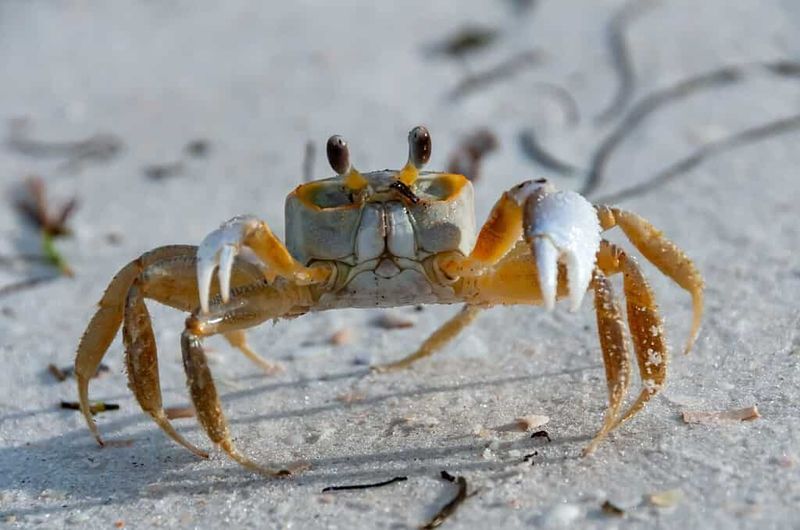
Ever wondered why crabs move sideways? Their leg joints evolved for sideways movement, making it their most efficient way to travel.
Racing at speeds up to 12 feet per second, ghost crabs are among the fastest crustaceans alive. That’s like a human running 42 mph!
3. Shell Swappers
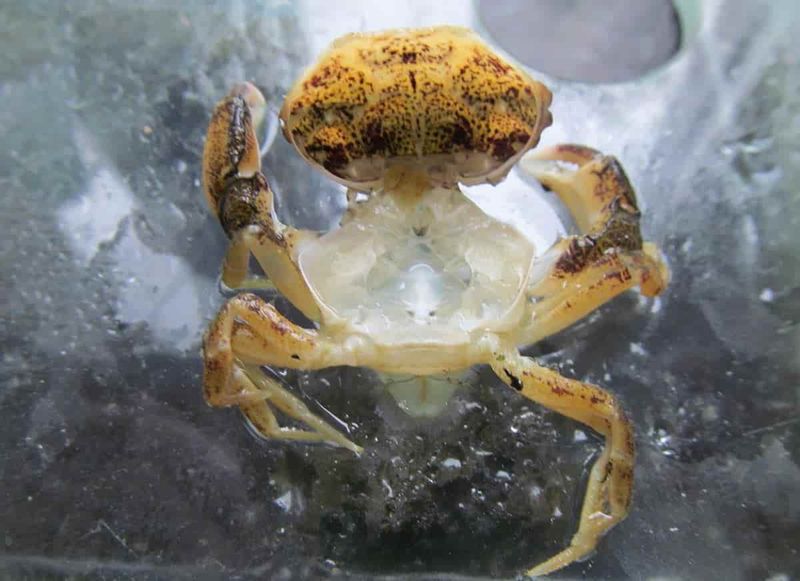
Unlike us with our permanent skeletons, crabs must periodically shed their entire exoskeleton to grow. This vulnerable process called molting leaves them temporarily soft and defenseless.
For several hours, they hide until their new, larger shell hardens. Imagine shedding your entire skin at once!
4. Taste With Their Feet
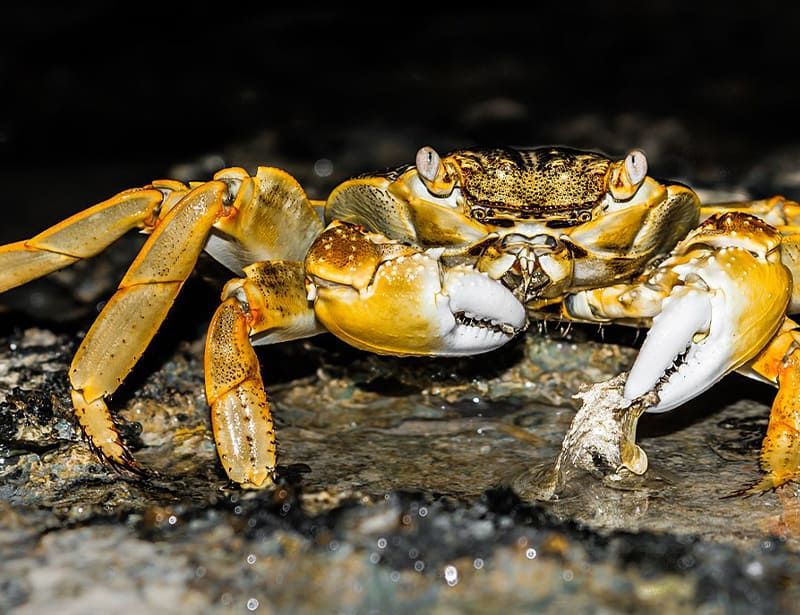
Forget traditional taste buds – crabs actually sample their food using special sensory hairs on their feet and claws!
These remarkable receptors help them detect chemicals in the water and on potential meals. Next time you spot a crab tapping around, remember it’s essentially licking everything it touches.
5. Blue-Blooded Creatures
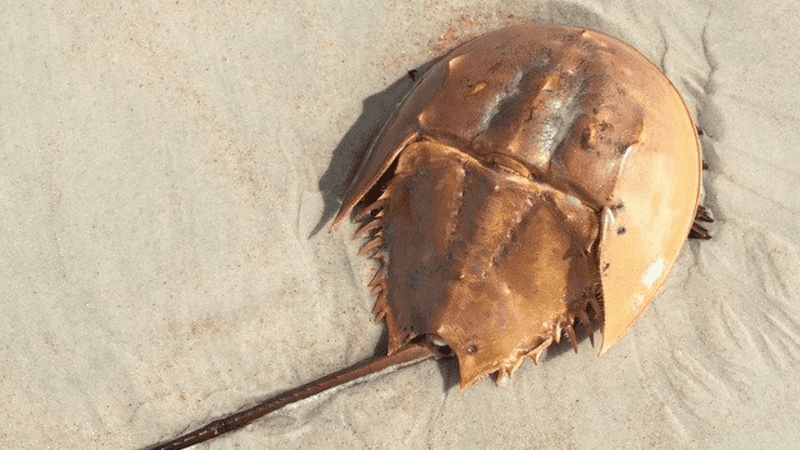
Marvel at crabs’ copper-based blood that appears blue rather than our iron-based red blood! This copper compound called hemocyanin transports oxygen throughout their bodies.
Scientists value this blue blood highly – horseshoe crab blood (their distant relatives) costs $15,000 per quart for medical testing!
6. Breathing Gills Like Fish
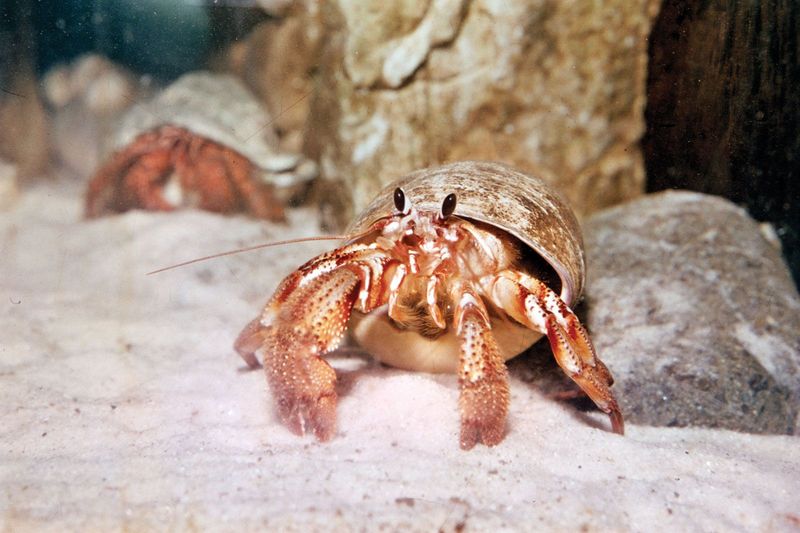
Hidden beneath their hard shells, crabs have feathery gills similar to fish. These specialized organs extract oxygen from water, allowing crabs to breathe underwater.
Land crabs haven’t completely abandoned this system – they’ve modified their gill chambers to work like primitive lungs, keeping their gills moist with internal water reservoirs.
7. Regeneration Superpowers

Lost a leg? No problem for these remarkable creatures! Crabs can regenerate lost limbs over several molting cycles.
When threatened, some species voluntarily detach their own claws or legs to escape predators – a process called autotomy. The sacrificed limb often continues to twitch, distracting the predator while the crab escapes.
8. Coconut Crab Giants
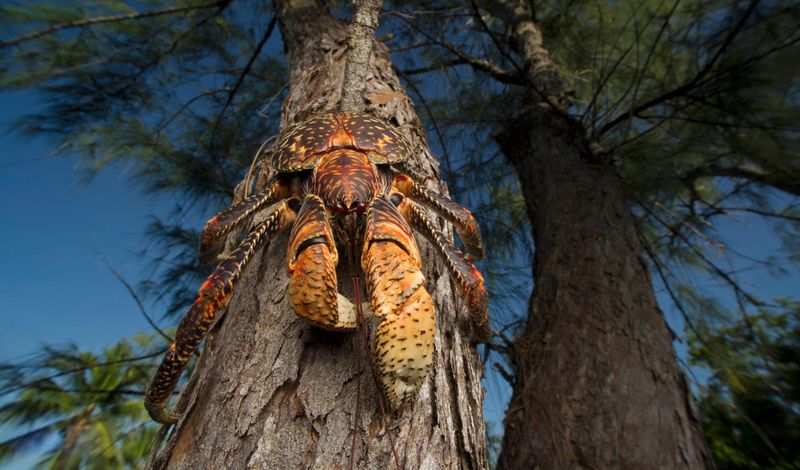
Meet the world’s largest land-dwelling arthropod – the coconut crab! Growing up to 3 feet across and weighing as much as a small dog, these giants can crack coconuts with their powerful claws.
Native to Indo-Pacific islands, they can climb trees and have been known to steal shiny objects from campsites.
9. Bubble-Blowing Masters
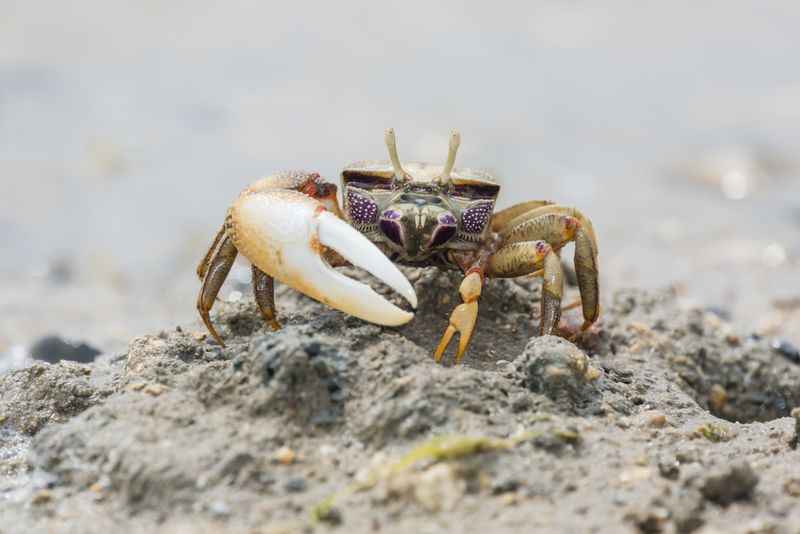
Fiddler crabs create frothy bubbles as part of their feeding technique! They sift through sand, extracting organic particles, then form bubbles that separate food from sediment.
These meticulous crustaceans leave behind distinctive sand balls on beaches worldwide. Their precision would impress even the most dedicated human chefs!
10. Thousand-Mile Marchers

Christmas Island’s red crabs undertake one of nature’s most spectacular migrations. Millions simultaneously march from forest to ocean to breed, creating rivers of crimson across the landscape.
These determined travelers climb cliffs, cross roads, and brave countless obstacles during their journey. Special bridges and tunnels have been built to protect them!
11. Master Communicators
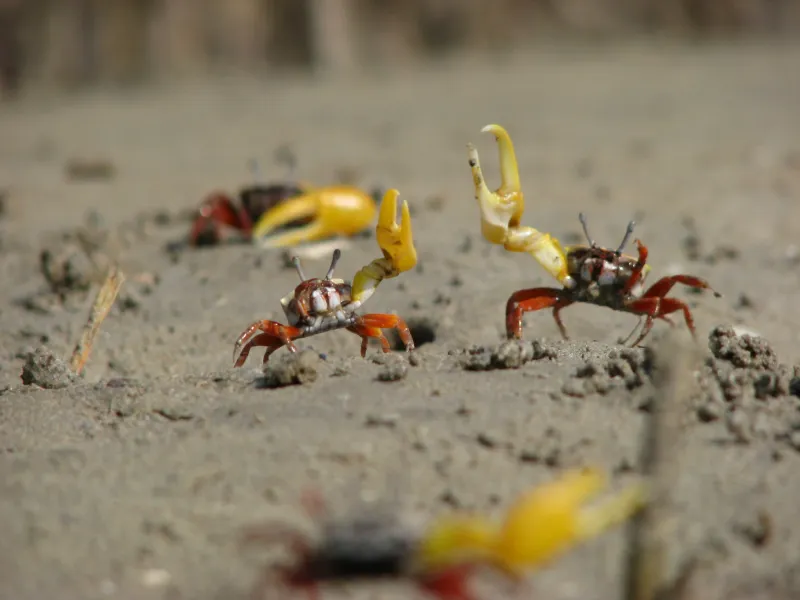
Fiddler crabs have developed a sophisticated sign language! Males wave their oversized claw in specific patterns to attract mates and warn competitors.
Each species has unique waving patterns – some use quick flicks while others perform elaborate displays. Female crabs carefully evaluate these performances before choosing their partner.
12. Microscopic Youngsters

From tiny beginnings come pinchy creatures! Baby crabs start life as microscopic larvae called zoea, looking nothing like their parents. They float among plankton, undergoing several dramatic transformations.
After several molts, they finally develop their crab-like appearance and settle on the seafloor. It’s like a miniature alien metamorphosis happening in our oceans!
13. Breathing Through Their Bottom
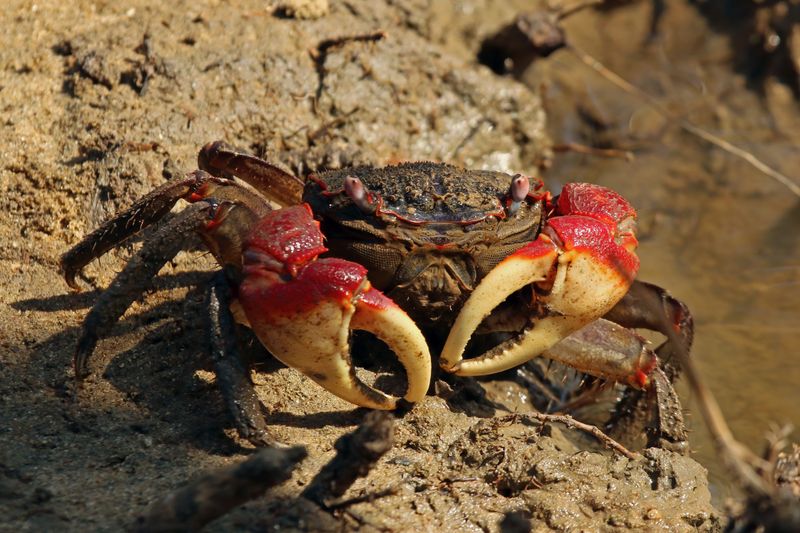
Some marsh-dwelling crabs have a surprising breathing technique – they absorb oxygen through their rear end! When submerged, they use specialized membranes in their hindgut to extract oxygen from water.
This unusual adaptation allows them to remain underwater longer when hiding from predators. Nature’s solutions are sometimes found in unexpected places!
14. Living Decorators

Decorator crabs are nature’s camouflage artists, attaching pieces of seaweed, sponges, and other marine life to their shells. They use special hooked hairs to secure these disguises.
This ingenious strategy provides both camouflage and chemical protection from predators. Some even cultivate stinging anemones as living weapons!
15. Evolutionary Imposters
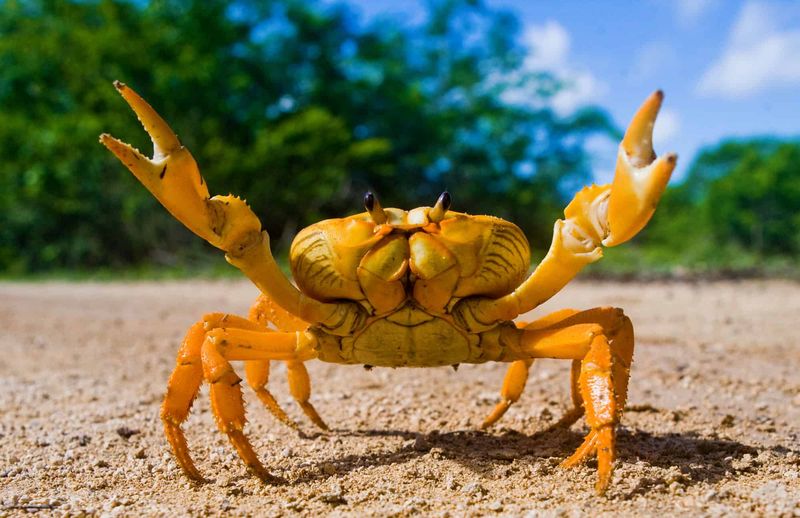
Not all “crabs” are actually crabs! Different crustacean groups independently evolved crab-like appearances – a phenomenon called carcinization.
Hermit crabs, king crabs, and porcelain crabs all developed similar flat bodies and tucked tails despite being unrelated. It’s like nature kept inventing the perfect design through different evolutionary paths!

